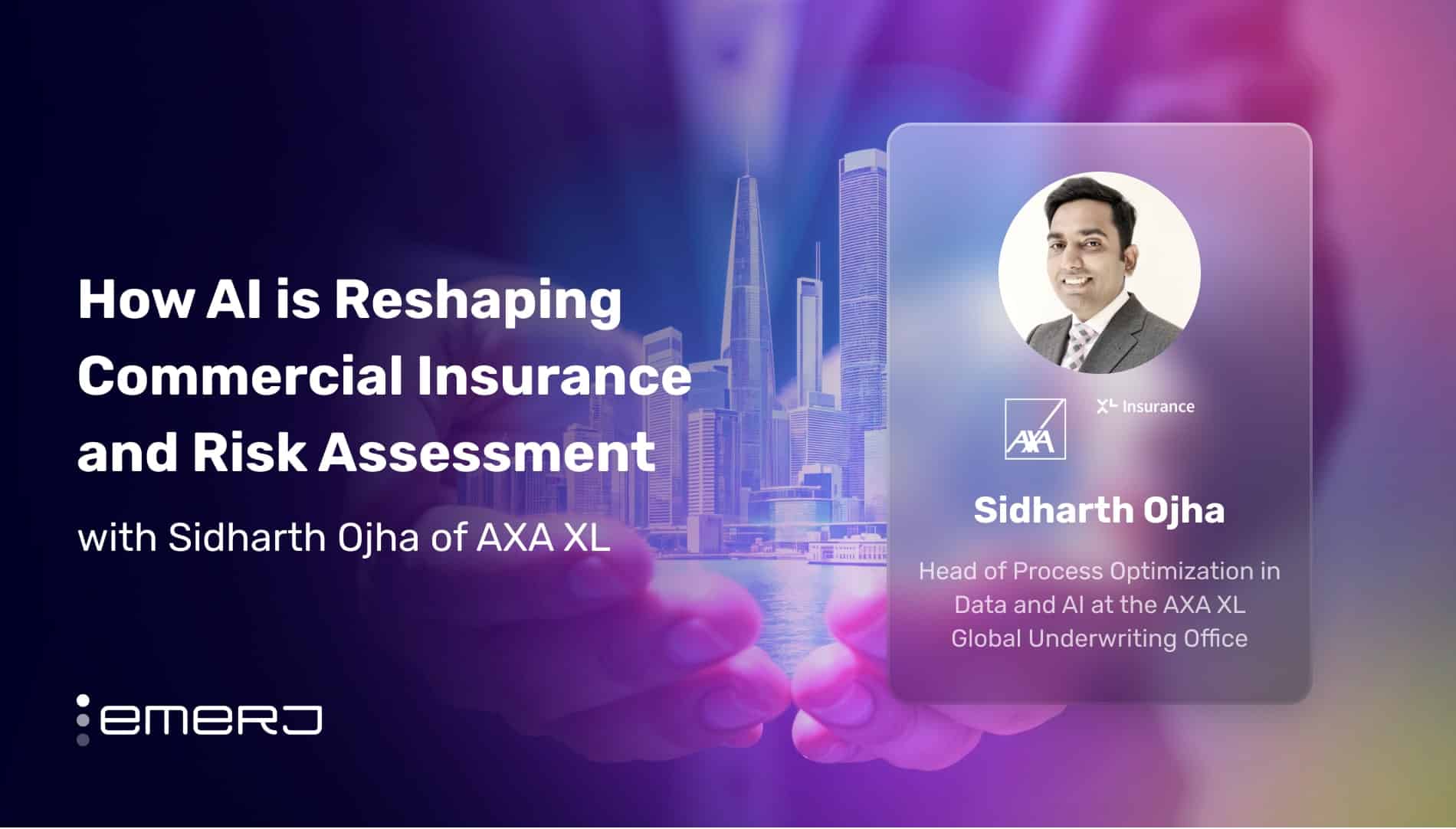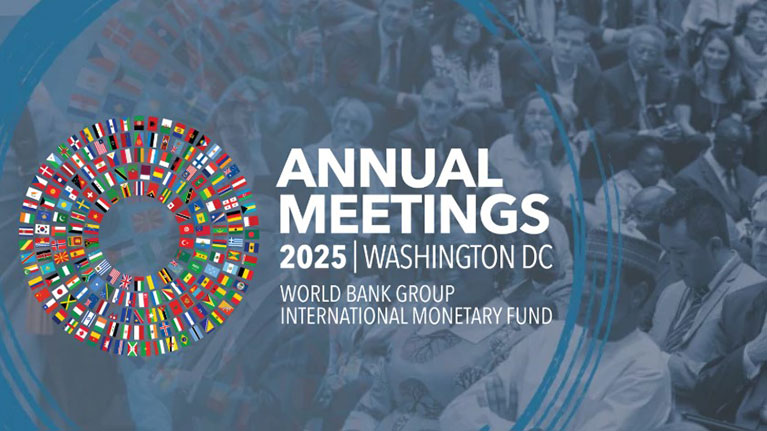Commercial insurance has long struggled to adopt new technology at the pace of other financial services. Manual workflows, outdated mainframes, and fragmented systems from years of mergers have slowed modernization efforts. Many insurers still view underwriting as an “art” rather than a process, which has historically delayed even basic digital upgrades.
Industry data underscores the substantial adoption gap across the insurance sector and beyond. In MIT Center for Information Systems Research’s global study of enterprise AI maturity, only 7% of organizations have fully embedded AI across operations, while most remain in pilot or mid-stage phases. At the same time, regulatory agendas are finally catching up.
The EU AI Act came into effect in 2025, requiring insurers to categorize AI systems by risk level and comply with strict transparency rules. Meanwhile, the vast majority of enterprise data — more than 90% — is unstructured, stored in documents, contracts, and PDFs that are difficult to analyze without advanced tools.
This mix of legacy systems, compliance demands, and data challenges creates a critical inflection point for insurers. How can they adopt AI responsibly while ensuring ROI and minimizing risk? Drawing on insights from Sidharth Ojha, Head of Process Optimization, Data & AI at AXA XL, in a recent episode of the AI in Business podcast, this article explores how commercial insurers can modernize operations, empower teams to experiment, and lay the foundations for scaling.
This article examines three key insights from Ojha’s perspective on AI adoption in insurance:
- Empowering business users with low-code AI: Provide underwriters a compliant sandbox to experiment safely and uncover constraints early.
- Turning data into a strategic asset: Map data end to end and convert unstructured contracts into structured insights that drive growth.
- Building foundations for scalable AI: Standardize roles, processes, and data definitions to prevent pilots from stalling and unlock enterprise adoption.
Listen to the full episode below:
Guest: Sidharth Ojha, Head of Process Optimization, Data & AI, Global Chief Underwriting Office, AXA XL.
Expertise: Commercial Insurance Transformation, Process Optimization, and Applied AI
Brief Recognition: At AXA XL, Ojha leads initiatives to apply AI in underwriting and operations, balancing compliance with efficiency and cultural change. His experience spans legacy process modernization, regulatory alignment, and enabling practical AI adoption in one of the world’s largest commercial insurers.
Empowering Business Users with Low-Code AI
Ojha sees that, among the clearest challenges for driving AI adoption in insurance, is cultural inertia. Executives often recognize AI’s potential but hesitate to let non-technical staff engage with it directly, which Ojha sees as a missed opportunity.
He describes the importance of creating “safe lanes” where underwriters and business users can test AI tools in controlled environments. By embedding low-code platforms into existing systems, insurers can enable experimentation without risking data leaks or regulatory breaches.
“Think of it like bowling with bumpers,” Ojha explains. “You want to let people take the shot, but keep them from rolling into the gutter.” His approach builds confidence and helps uncover limitations early, before a project absorbs significant budget or time.
In the past, insurance tech projects relied on extended handoffs: business analysts translated requirements, developers built systems, and architects ensured alignment. By the time solutions reached production, critical context was often lost. Low-code AI tools enable underwriters to interact with technology directly, bypassing translation layers and accelerating actionable feedback.
Ojha stresses that leaders should not rush to pilots or MVPs. Instead, they should allocate more time to exploration and failure in the sandbox phase.
“The more time you spend failing your hypotheses, the less time you waste scaling something that doesn’t work,” he notes. For an industry where “failure” carries negative connotations, reframing the need for failure tolerance as controlled testing can help insurers adopt AI more comfortably.
This cultural shift is essential for adoption. By giving underwriters direct but safeguarded access, organizations create buy-in and align tools with real business needs — rather than building in isolation and hoping for adoption later.
Turning Data into a Strategic Asset
Ojha insists – as many previous podcast guests have – that technology alone cannot deliver ROI without clean, usable data. He notes that Insurance companies face a particularly steep challenge because most of their critical information is locked in unstructured formats, such as policy documents, endorsements, quotes, and schedules of values.
Ojha points out that five years ago, insurers struggled to do something as basic as reading a table in a PDF. Generative AI has solved many of these hurdles, but unstructured data remains diverse and inconsistent, making transformation into structured formats difficult:
“Most of the data insurers rely on isn’t even in their systems — it’s trapped in PDFs, Word documents, and scanned contracts. The real challenge isn’t reading it, it’s standardizing it. Each policy is unique, often written like a legal manuscript. Until we can consistently turn that unstructured data into structured information, every downstream AI use case — from risk analysis to pricing — will be operating in the dark.”
— Sidharth Ojha, Head of Process Optimization, Data & AI, AXA XL
The payoff is significant. With structured data, insurers can answer portfolio questions in seconds, such as: “Which policies exclude communicable disease?” or “How much exposure do we have across a region?”
During the COVID-19 pandemic, many organizations could not respond quickly to such queries. Today, AI tools offer the chance to avoid that blind spot.
Ojha also describes new possibilities in summarization capabilities among these systems. Beyond condensing documents, he notes that AI can compare client submissions against internal appetite and compliance rules.
For high-volume underwriting teams, these capabilities mean touching more submissions per day, declining unsuitable risks faster, and focusing on profitable opportunities. “That’s not just efficiency,” Ojha stresses. “That’s real growth potential.”
For leaders, the mandate is clear: treat data as a first-class asset. Inventory policy wordings, target high-volume pain points, and build systems that push structured outputs back into core platforms. Done well, these steps transform AI from a cost-saving tool into a revenue driver.
Building Foundations for Scalable AI
While pilots are familiar with insurance, scaling remains rare. Ojha estimates that “80-90%” of AI projects stall between proof of concept and deployment. The reasons are less about technology and more about organizational readiness.
He outlines the data infrastructure bottlenecks that often derail scaling AI operations in insurance:
- Unclear accountability for data fields, leading to inconsistent inputs.
- Fragmented processes, where teams record different levels of detail for the same product.
- Legacy stacks that are expensive to integrate with new AI models.
- Inconsistent definitions of key metrics across business units.
Without fixing these foundations, even promising pilots fail to expand. Ojha advises leaders to ask: If this solution went live across three countries tomorrow, what would break first? Addressing gaps in that framework upfront prevents costly surprises later.
Regulation also plays a role, and Ojha sees the EU AI Act as a turning point, providing categories that boards and regulators alike can trust.
“If you are compliant with EU rules, you are largely compliant globally,” he notes, insisting that having such assurance can ease executive concerns and accelerate project approvals.
Ultimately, success comes from patience. Insurers are often eager to jump from idea to MVP, but Ojha emphasizes the value of deeper exploration and testing. Companies that invest in clarity of roles, process alignment, and data quality will find it easier to move AI from experimentation to enterprise-wide adoption.








